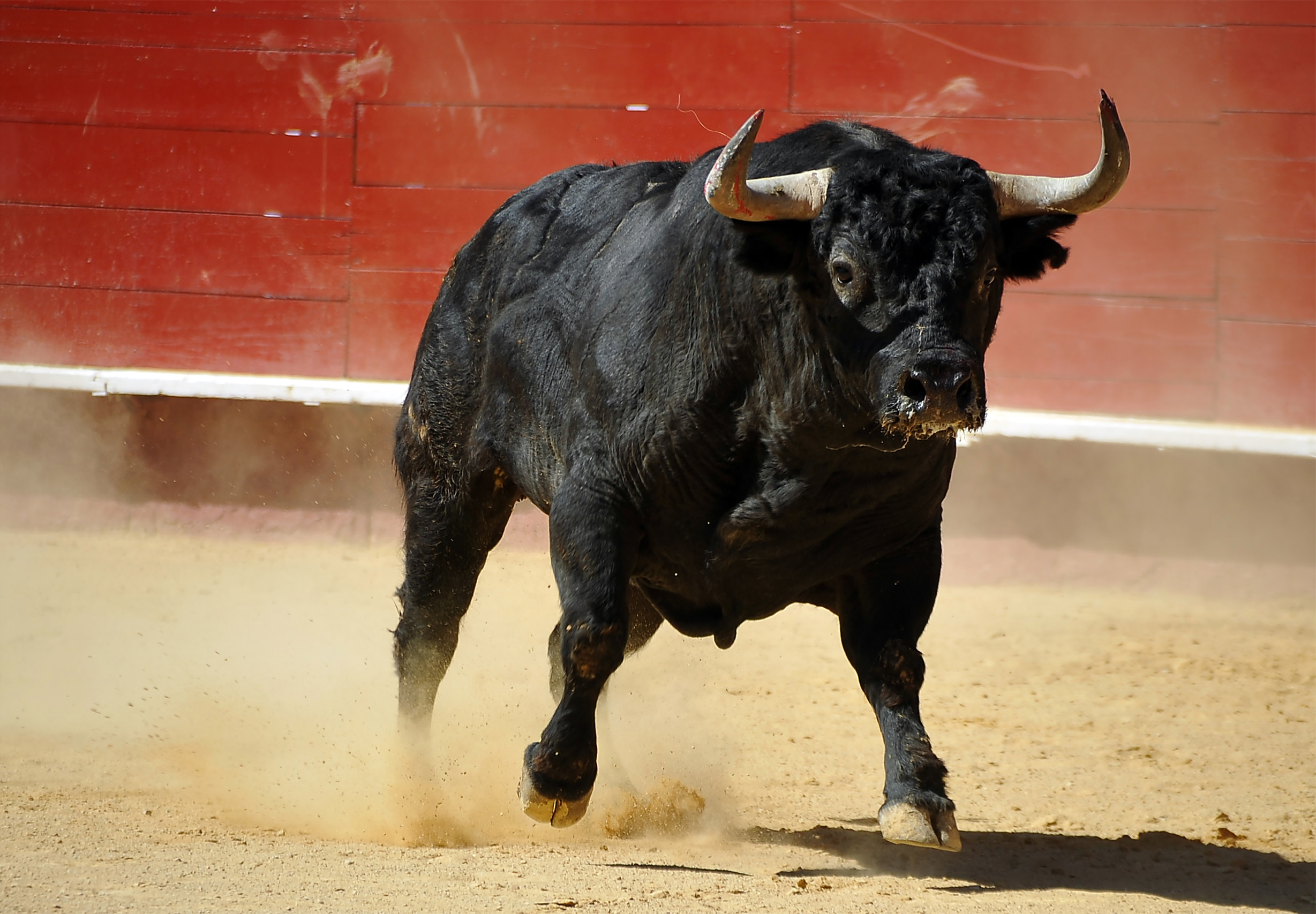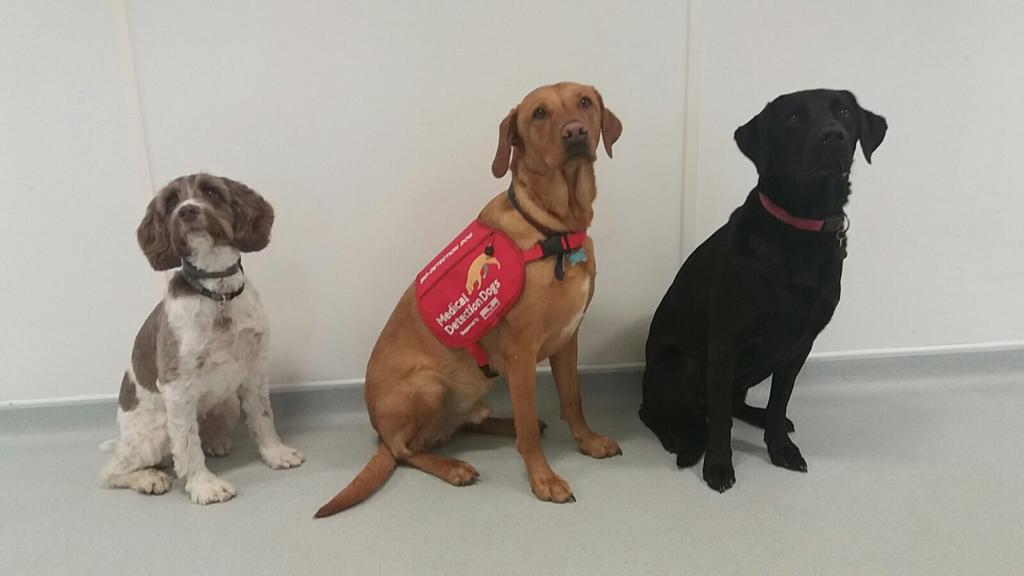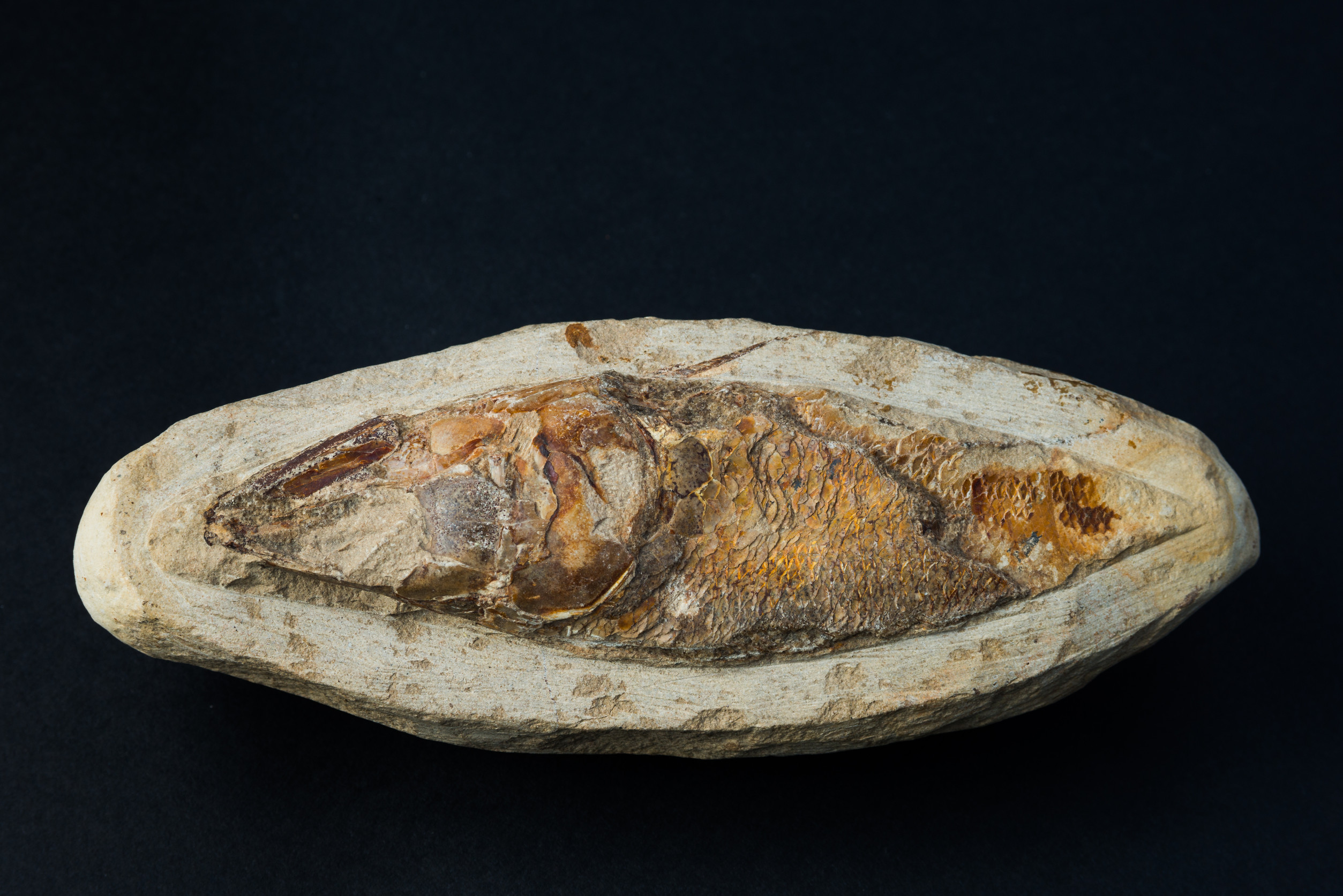As a result of decades of deforestation and other human activities, sloths are among the most endangered mammals in the world, with only about 1,500 remaining in the wild according to the WWF. In Costa Rica, sloths are often under threat from an early age. Many orphaned cubs are a common occurrence in the rainforest, where their mothers become victims of cable electrocution, road traffic collisions, and predators. Thankfully, the issues haven’t gone unnoticed.
Located within the heart of the La Ceiba rainforest, the Jaguar Rescue Center (JRC) is there to offer sloth babies a chance to develop the skills necessary to survive in the wild. “It’s a constant battle,” says Encar García, a biologist and the founder of JRC. “How do you teach a sloth to be a sloth? That’s the real question, and that’s why we invented a way these baby orphans can be released back into the forest where they belong.”
From kindergarten to graduation
When an orphaned cub arrives at the JRC, the facility quickly acts on helping the mammal adapt to its new environment. “We’ve invented a whole adaptation system for our sloths,” says García. “Firstly, we put it with other babies of the same age and we take it through a process that we call ‘high school,’ where it goes outside, starts climbing trees, and uses our playground. Little by little, it learns to be a sloth.”
The staff at the facility also ensure that the sloths get adequate medical care and nutrition. Because they have an extremely low metabolic rate, sloths can take days to digest food that other animals would process in a matter of hours. Given that sloths don’t have the guidance of their mothers, the caregivers at the facility put a lot of effort into encouraging the cubs to eat a highly nutritious diet.
“Learning to find their own food is one of the final stages of their education,” says García. “At this point, we leave them on their own the whole time, and they do not have any kind of care. They have to find food by themselves.”
Ready to return to the wild
Being by themselves, allows the sloths to adapt to the conditions of their usual habitat. Without the help of human caregivers, the cubs spend their days moving through trees, munching on leaves.
“After this last process, we can see that they are wild and ready to graduate,” adds García. “When you approach them, their behavior is totally different. They are no longer a kid, but a large animal weighing three kilos.”
Before releasing them back into the wild, the caregivers microchip the sloths so they’re able to track their journey. They also paint their nails in colors to distinguish them easily upon encounter.











